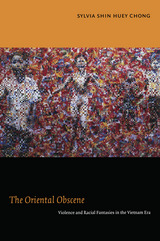Paper: 978-0-8166-5785-8
This volume constitutes the final, general report of the comprehensive research conducted by the Upper Midwest Economic Study, a joint undertaking of the Upper Midwest Research and Development Council and the University of Minnesota. The authors present a detailed analysis of the economy of the Upper Midwest, the region coincident with the Ninth Federal Reserve District, which includes Montana, North Dakota, South Dakota, Minnesota, twenty-six counties in northwestern Wisconsin, and Michigan’s Upper Peninsula.
The present study analyzes the region’s past economic growth, its current structure, and possible future development. The region’s initial economic growth was based upon its natural resources—land, forest, and minerals. Today productivity growth is increasing more rapidly than demand in most of these sectors. Hence, total employment opportunities in resource-based industries are declining. Future employment growth generally must be based on the region’s advantage in human resources. This is the challenge for economic growth in the Upper Midwest. The same challenge exists on a nation-wide basis, but the severity of transition away from natural resources industries is greater in the Upper Midwest because of its above-average reliance on such industries.
The authors analyze economic change in the region from 1950 to 1960 and possible future development through 1975, with projections of employment, income, population, and migration for 1975. The projections, based on an assumption of no new action to facilitate economic growth in the region, serve mainly as a departure point for the analysis of regional policy and action.
See other books on: Business & Economics | Economic Change | Henderson, James M. | Upper Midwest | Urban & Regional
See other titles from University of Minnesota Press












